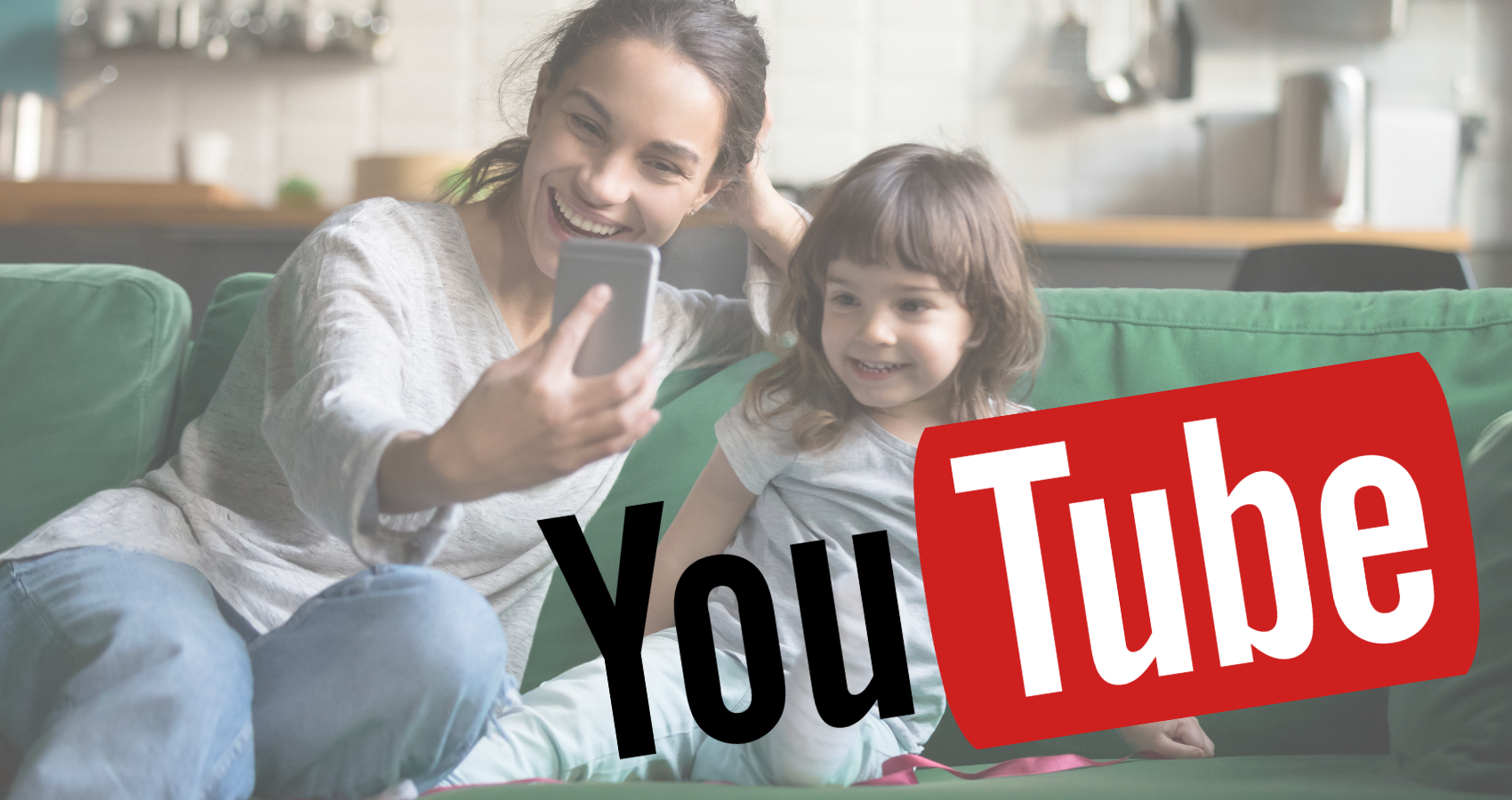In an ongoing effort to make YouTube safe for children and prevent those that use the video channel from being targeted by predators, the company has updated its live streaming policy. Children will now no longer be able to live stream on YouTube unless they have an adult present at all times during filming. Failure to do so may result in restrictions being placed on that child's channel.
According to YouTube's official blog, the new live streaming policy will "specifically disallow younger minors from live streaming unless they are clearly accompanied by an adult. Channels not in compliance with this policy may lose their ability to live stream. We also launched new classifiers (machine learning tools that help us identify specific types of content) on our live products to find and remove more of this content."
This isn't the first step YouTube has taken to try to keep children who use their platform safe from predators. After learning through reports on publications like Wired that pedophiles were using the comments section of videos featuring children in innocent situations to signal other pedophiles and predators, the company decided to disable comments on "tens of millions of videos featuring minors across the platform, to limit the risk of exploitation."
Still, many have criticized YouTube for prioritizing views and advertisement dollars over the safety of children watching. Parents and viewers had noticed that some videos targeted at children actually contained disturbing messages about self-harm as well as violent and sexual behavior. Despite being flagged for their inappropriateness, it took YouTube what some felt was far too long to remove the videos.
Jennifer O’Connor, YouTube’s product director for trust and safety told the New York Times that YouTube is doing everything they can to stop the exploitation of minors. “Protecting kids is at the top of our list,” she said. However, experts have told the NYT that the biggest way to protect children is to turn off the recommended videos section on videos of children so that algorithms can't inadvertently suggest a video of a child swimming to someone who has been looking at erotic videos, for example. That isn't likely to happen. "It’s not clear to us that necessarily our recommendation engine takes you in one direction or another,” said O’Connor. But, she added, “when it comes to kids, we just want to take a much more conservative stance for what we recommend."
Read Next: Mom Warns Parents Of YouTube Video Showing Kids How To Harm Themselves

